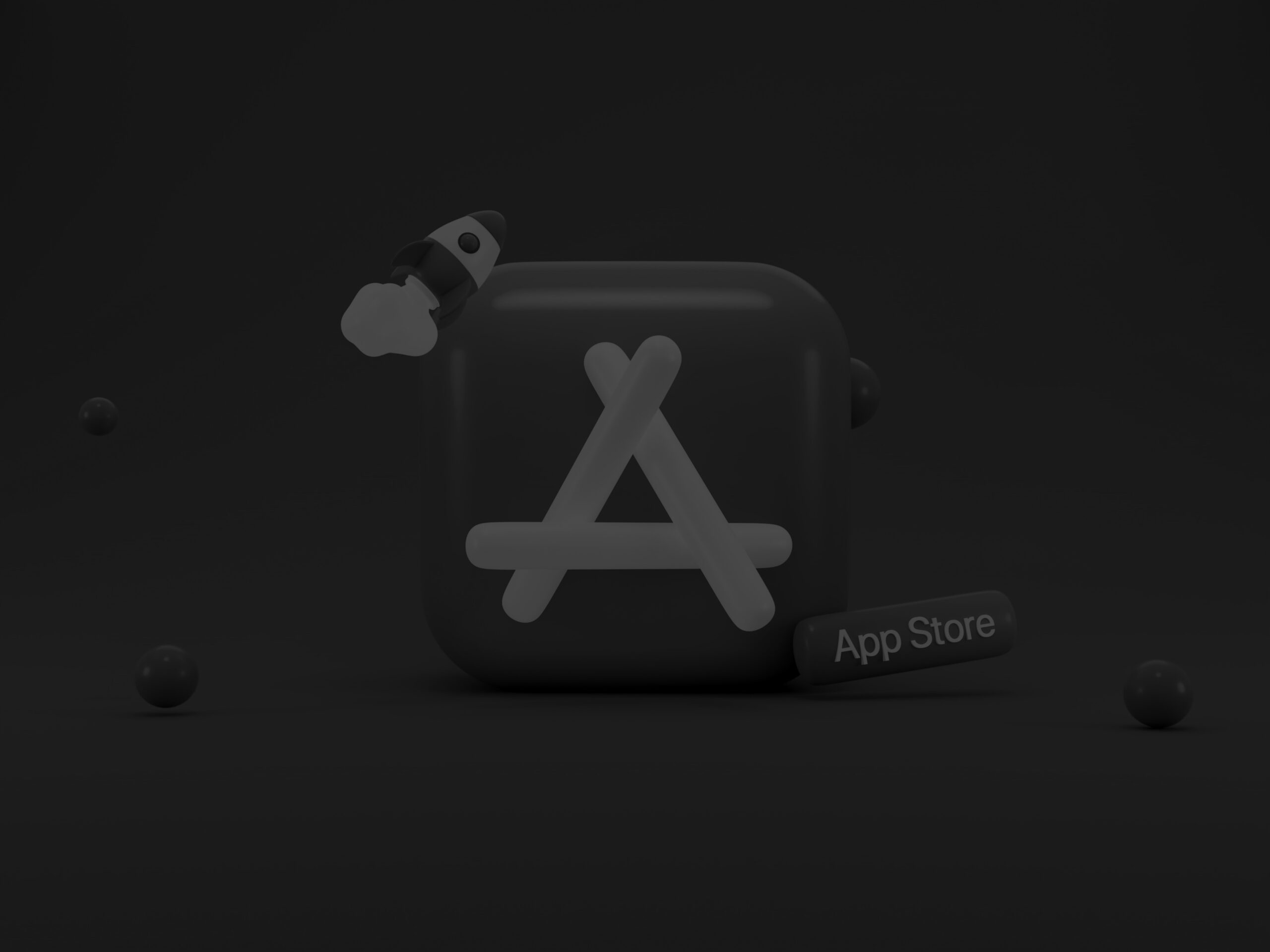The iGaming sector has grown into one of the most competitive digital industries, where the right technology stack can decide whether a business scales or stalls. Yet when people talk about “iGaming development,” they often mean very different things. Some are thinking about building the next blockbuster slot or sportsbook engine. Others are concerned with the platforms that power entire operations: the systems for payments, compliance, player management, marketing, and growth.
At LenGreo, we’ve worked with iGaming businesses across models — from B2B providers serving other operators to B2C brands running their own platforms. That mix of experience shapes how we approach custom development and informs this article. Here, we’ll look at why operators eventually outgrow off-the-shelf solutions, what a custom platform really involves, and how businesses can treat their platform as the foundation of long-term success.
The Limits of White-Label iGaming Solutions
White-label platforms have long been marketed as a ready-made answer for anyone entering the iGaming space. They promise instant access to games, payments, and even licensing structures. But in reality, what feels like convenience often comes with hidden costs.
White-label vs. Custom iGaming Solutions

The first challenge is control. With a white-label setup, the operator doesn’t truly own the platform. Branding can be limited, new features arrive only when the provider decides, and compliance updates are handled on someone else’s timeline. As iGaming Business points out, this approach might help new entrants appear quickly in a crowded market, but it rarely creates the differentiation needed to sustain growth.
The second challenge is perception. In many regulated markets, white-label licences are under increasing scrutiny. According to Gambling Insider, some industry voices even question whether the model still has a future, as regulators and players alike look for stronger accountability and clearer brand ownership.
Put simply, white-label platforms can open the door — but they rarely let you redesign the house. And for operators who want to scale, innovate, or stand apart from competitors, that’s where custom development enters the picture.
What Custom Development Unlocks for iGaming Operators
If white-label solutions set the boundaries, custom platforms remove them. For operators ready to compete at scale, the biggest unlock isn’t just technical flexibility — it’s strategic freedom.
With a custom build, the platform becomes a tool shaped around the business rather than a template applied to it. Operators can:
- Differentiate with unique features and tailored user flows that competitors can’t simply copy.
- Adapt faster to new regulatory requirements in each jurisdiction, instead of waiting on a third-party update cycle.
- Control costs and revenues by owning the technology stack outright, reducing long-term dependency fees.
- Build loyalty through personalized promotions, segmented campaigns, and experiences tuned to their player base.
The potential stretches even further when innovation comes into play. As Gambling Insider highlights, leading operators are layering gamification, AI, and data-driven engagement tools onto their platforms to stand out in saturated markets — the kind of flexibility that simply isn’t possible with rigid white-label setups.
The shift to custom means growth isn’t dictated by a third-party roadmap anymore. It’s defined by the operator’s own vision, priorities, and speed of execution.
Core Components Every iGaming Platform Needs
A custom platform isn’t just a piece of software — it’s the backbone of the business. While every operator will shape theirs differently, most successful builds revolve around a few core components. What sets custom development apart is not just having these elements, but being able to adapt each one to your brand, your players, and your regulatory environment.
- Player Account Management (PAM): More than logins and passwords, PAM systems govern the full player lifecycle. They handle registrations, verifications, responsible gaming tools, and account histories. A tailored PAM makes compliance seamless while creating a smooth first impression for players.
- Payments and Multi-Currency Support: Deposits and withdrawals are make-or-break moments in the player journey. Custom platforms can integrate multiple gateways, support regional preferences (from local e-wallets to crypto), and optimize transaction speed — reducing one of the biggest churn risks.
- Compliance and Security Layers: KYC and AML aren’t optional, but how you integrate them can define player trust and operational efficiency. A custom build lets operators automate checks, adapt to new jurisdictions, and harden security against fraud without adding unnecessary friction.
- CRM and Retention Tools: White-label solutions often limit how you can engage players. A custom CRM lets you segment audiences, test personalized offers, and run automated campaigns that keep players coming back — vital in a crowded iGaming market.
- Analytics and Reporting: Having data isn’t enough; you need it in real time and in context. Custom dashboards let operators track everything from traffic spikes to high-risk behavior, making it easier to steer strategy instead of reacting late.
- Affiliate and Marketing Systems: Affiliates are a cornerstone of acquisition. Custom tracking and reporting tools let operators structure partnerships more creatively, ensure transparency, and optimize payouts to get the most from their marketing spend.
In short, the value of a custom platform isn’t that it has these modules — every platform does. It’s that each piece can be tuned to the operator’s needs rather than forced into a one-size-fits-all template.
The Roadblocks to Expect
Custom development gives operators freedom, but it also comes with hurdles that need to be faced realistically. Treating a platform as a long-term asset means weighing not just the benefits, but also the challenges.
- Time and investment: Building from scratch isn’t instant. Operators must balance speed to market with the scalability they’ll need in the future.
- Operational readiness: A custom platform isn’t just a product — it’s an ongoing operation that requires the right internal team or trusted development partner.
- Infrastructure demands: iGaming traffic is heavy and volatile. Handling peak loads without performance dips requires a robust architecture and continuous optimization.
- Balancing innovation with stability: New features and experiments attract players, but frequent changes can introduce bugs or security risks. Operators need processes that allow for both creativity and reliability.
These roadblocks don’t make custom development less attractive — they simply underline that it’s a strategic decision. For businesses serious about owning their growth, the question isn’t whether challenges exist, but whether they’re prepared to face them in exchange for independence.
Conclusion
In iGaming, the real differentiator isn’t just the games on offer — it’s the platform that holds everything together. White-label solutions can give operators a quick entry, but as the industry becomes more competitive and regulated, long-term growth depends on owning a system that adapts, scales, and reflects the operator’s own vision.
Custom development is the path that unlocks that independence. It gives operators the freedom to shape their player journeys, control compliance, and innovate without waiting on someone else’s roadmap. But it also brings challenges — from regulation to infrastructure — that require more than just good code.
At LenGreo, we help iGaming businesses — whether B2B providers or B2C operators — design platforms tailored to their goals and keep them running smoothly, even when roadblocks appear. Beyond product development, we support our clients with full-cycle marketing, ensuring the platforms we build aren’t just functional, but also competitive, discoverable, and primed for growth.










